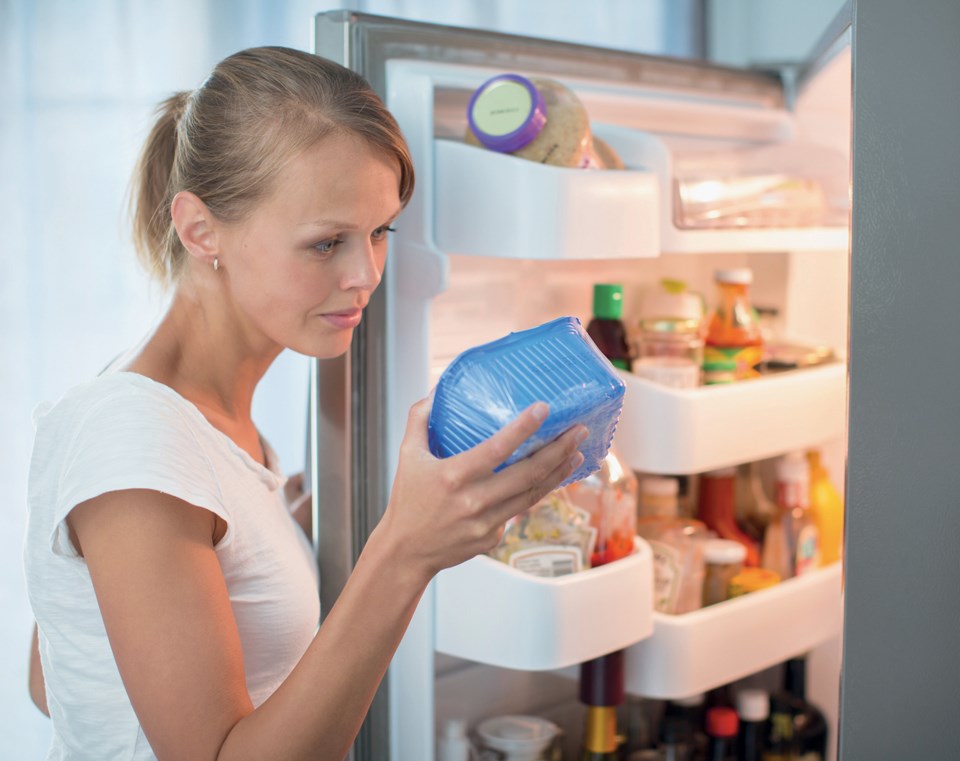Is it safe to eat? While best-by dates are useful indicators, your senses are a much better way to gauge freshness. Here’s how to determine whether food is safe to eat.
• Dairy. Milk, yogurt, sour cream and other high-humidity dairy products should be chucked if they’ve separated, smell sour, have curdled or are showing even a hint of mould.
• Cheese. Hard and semi-soft cheeses like Parmesan and cheddar are fairly resistant to mould. If there’s only a little bit on the surface, you can cut off one inch around the affected area and eat the rest. Mouldy soft cheeses should be discarded.
• Bread. Since mould spores can penetrate the porous surface of bread, a mouldy loaf should be thrown out.
• Potatoes. Throw out any potato with green flesh. This is due to an accumulation of solanine, a toxic chemical naturally produced by potatoes. If the green colouration doesn’t extend below the skin, the potato is safe to eat once peeled. Make sure to remove eyes and sprouts and to throw out soft, mouldy potatoes.
• Fruits and vegetables. Some fruits and veggies, like carrots and bell peppers, are too dense for mould to penetrate past the surface, so these are safe to eat once the affected spot is removed. Slimy, discoloured and thoroughly mouldy fruits and veggies should be thrown out.
• Eggs. Conduct a water test to determine freshness. If the egg sinks, it’s good. If it floats, toss it.
• Canned food. Throw out rusted or bulging cans, as well as those that have been punctured.
• Meat and fish. Minor discolouration is nothing to worry about. However, a slimy texture or an unusual smell are indicators of spoilage. The same is true of fresh fish, which should never smell fishy. Deli meats with a slimy coating should also be discarded.
Remember, best-by dates are indicators of freshness, not safety. However, if in doubt, it’s always better to err on the side of caution.




